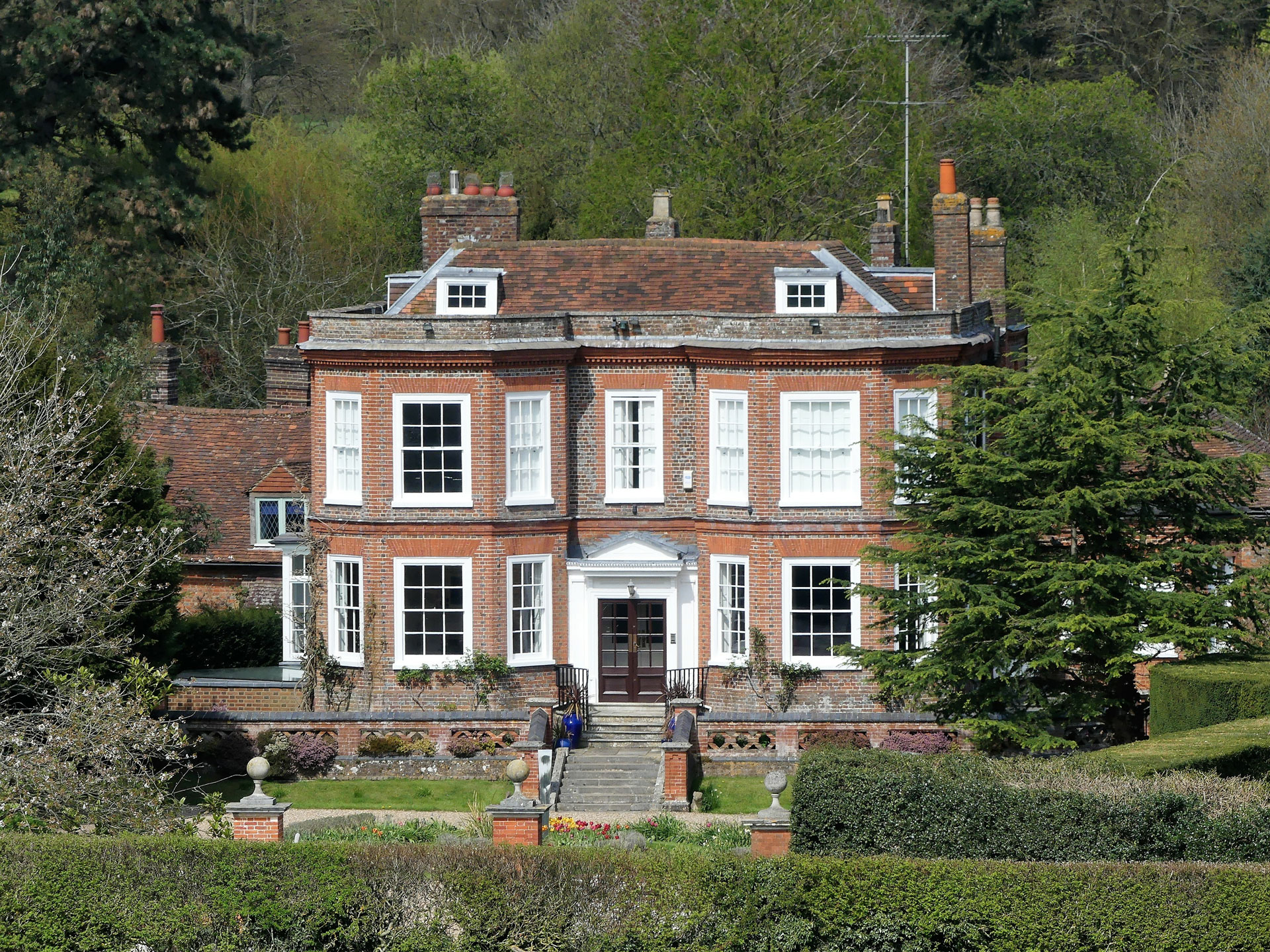There are some 400,000 listed buildings in the UK.
Listed buildings fall into one of three categories: Grade I, Grade II*, and Grade II. Over 90% of listed buildings are Grade II.
Work to listed buildings requires Listed Building Consent if it involves the ‘fabric of the building,’ i.e., the roof, walls, and windows. In addition, some interior features like fireplaces are also protected.
In this article, we’ll outline the key steps to ensure that work performed on listed buildings is safe and compliant with the law.
Understand the listing status
Listed buildings are categorised by their historical and architectural significance.
In England and Wales, listed buildings are classified into three grades. The grading works slightly differently in Northern Ireland and Scotland, though the principle of listed status is much the same.
Before commencing any work on a listed building, it’s crucial to understand its listing status, as this will dictate the type of work you can carry out and the required permissions.
While work on Grade II buildings is common, gaining consent for works on Grade I and Grade II* buildings is much harder.
Obtain the necessary consent
To carry out any work on a listed building, you must obtain consent from the local planning authority. This includes Listed Building Consent (LBC) and planning permission.
In some situations, you’ll only need LBC (and not planning permission) when work falls under Permitted Development Rights (PDRs), but these are largely restricted for listed buildings.
It’s essential to consult with the planning authority early in the process to ensure that the proposed work complies with laws and regulations. Failing to gain LBC when required is a criminal offence.
Consult with specialists
Working with listed buildings requires specialised knowledge and expertise.
It’s advisable to consult with experts with specific experience with historic and listed buildings. Experts range from surveyors and conservation officers to architects and structural engineers.
The right professionals will provide valuable guidance on the best methods and materials for preserving the historical integrity of the building while ensuring that the work carried out is safe and legally compliant.
Use appropriate materials and techniques
When working on listed buildings, it’s typically necessary to use materials and techniques compatible with the original structure.
The choice of materials and techniques depends on the scope of the development – it’s often possible to pair traditional methods with modern materials or vice versa.
The construction process may involve sourcing traditional building materials or employing specific construction methods to preserve the building’s historic character.
A construction professional experienced in working with listed buildings, such as a structural engineer, will advise on appropriate materials and building techniques.
Health and safety
As with any construction project, health and safety are paramount.
This includes conducting thorough risk assessments, providing appropriate training and advice to contractors, and ensuring safety measures throughout the project.
Monitor the work closely
Regular monitoring and supervision of the work are crucial to ensure the project stays on track and complies with the legal requirements.
Monitoring includes checking that the correct materials and techniques are used, and that health, safety and sustainability measures are followed to the letter.
Carrying out work on listed buildings requires carefully preserving the structure’s historical integrity while ensuring the work is safe and compliant.
At Clegg, our team of civil and structural engineers has a wealth of experience in working with listed buildings. We are well-equipped to handle the challenges of historic buildings, ensuring that every project is completed safely, legally, and with the utmost respect for the building’s historical significance.
You can view some of our projects here, including our award-winning restoration of Christ Church in Downend, Bristol.
Contact us today to discover how we can assist with your listed building project.
